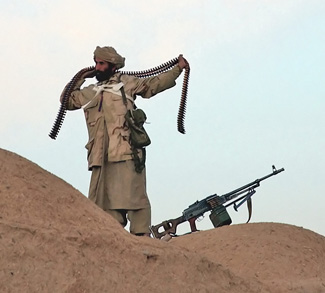Summary
The war in Afghanistan remains in a state of flux following the change of administrations in the United States earlier this year. Although most NATO troops withdrew in 2014, roughly 13,000 (including 8,000 US soldiers) remain in the war-torn country. The Afghan government has lost significant amounts of territory to the Taliban insurgency since 2015 and a significant percentage of the country’s 407 districts are now either outright controlled or severely contested by the insurgents according to Kabul’s own figures.
The new Trump administration has inherited a costly quagmire with few obvious solutions in sight. Pressure on neighboring Pakistan as a state ‘enabler’ of Afghan instability may increase as a result.
Background
A resurgent Taliban movement. At the start of February, the Special Inspector General for Afghanistan Reconstruction (SIGAR) stated that the districts under Kabul’s control or influence had fallen from 72 percent of the country in November 2015 to just 52 percent now. Furthermore, the rate of territorial losses was increasing, with 15 percent of the districts estimated to have slipped from government control within the last six months alone. The Taliban appear to be stronger now than at any time since 2001, just as another fighting season gets underway in Afghanistan with the end of winter approaching. The group has benefited from the continuing covert support of parts of the Pakistani security establishment, which has allowed it to use Pakistani territory as a rear base where it may retreat temporarily if the need arises.




